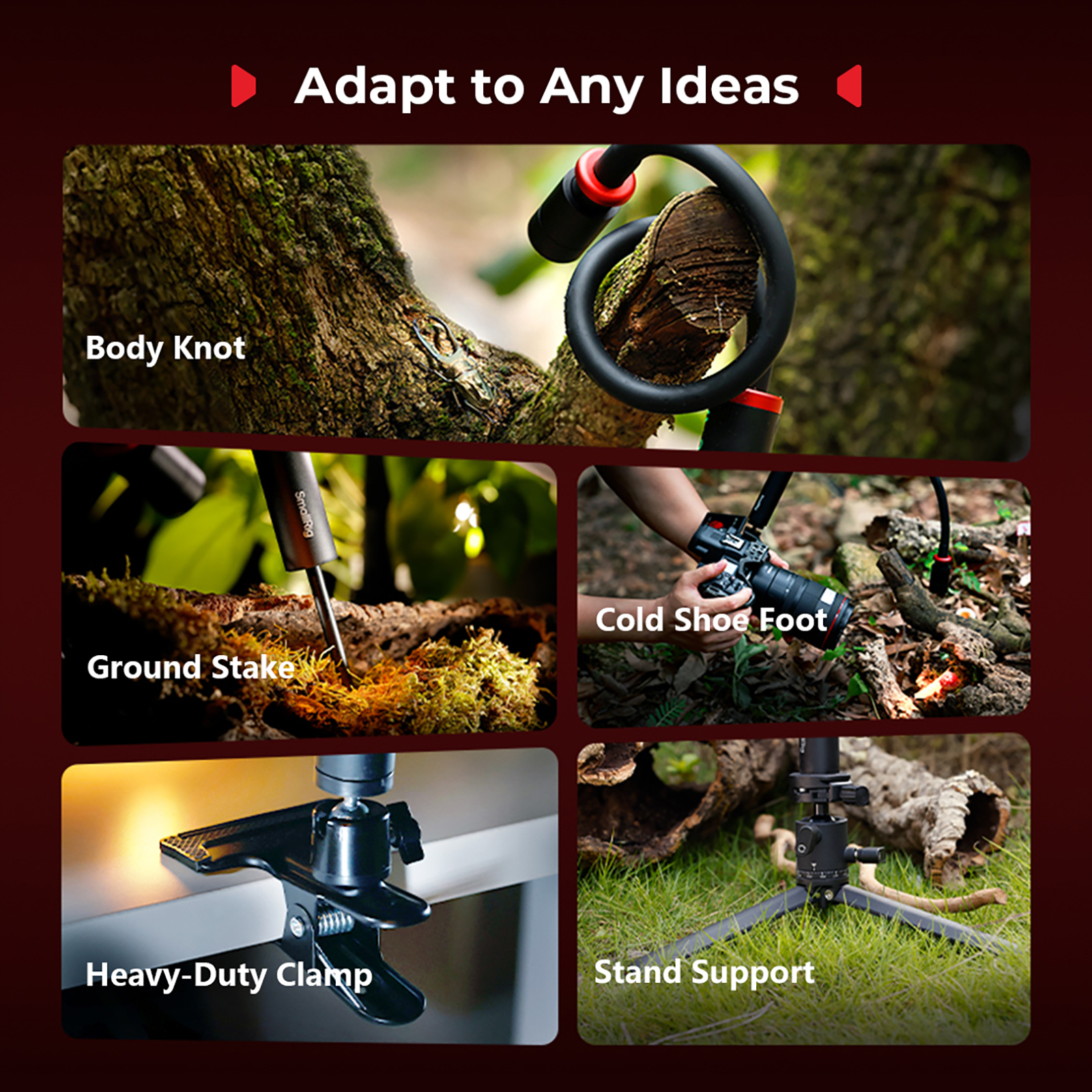Unlock the Secrets of Studio Lights: Illuminate Your Creativity Like Never Before!
Studio lights are the unsung heroes of photography and videography, serving as the backbone of stunning visual storytelling. Whether you are a professional photographer capturing the perfect portrait or a budding videographer creating engaging content, understanding studio lights is crucial to your craft. In this article, we will delve into the world of studio lights, exploring their types, features, and how to effectively use them to elevate your artistic vision. By the end, you’ll be equipped with the knowledge and tips to harness the power of light in your creative endeavors.

What Are Studio Lights?
Studio lights are specialized lighting equipment used to illuminate subjects in a controlled environment, allowing for the creation of professional-quality images and videos. They play a pivotal role in visual storytelling, as the right lighting can enhance mood, draw attention, and highlight key elements of a scene. Unlike natural light, which can be unpredictable and inconsistent, studio lights provide a reliable and adjustable light source. This control over lighting enables photographers and videographers to craft their desired atmosphere, making studio lights an essential tool in any creative's arsenal.
Types of Studio Lights
When it comes to studio lights, understanding the different types available can significantly impact your projects. The three main categories of studio lights are continuous lights, strobe lights, and LED lights, each with its unique characteristics and applications.
Continuous Lights
Continuous lights offer a constant light source, allowing you to see precisely how the light interacts with your subject in real-time. They are ideal for video production and photography where you need to gauge the lighting effects directly. However, they may generate more heat and can be less powerful compared to other types, which may limit their use in larger settings.
Strobe Lights
Strobe lights, also known as flash lights, emit brief bursts of light and are favored for their ability to freeze motion and create stunning effects in photography. These lights are particularly advantageous in high-speed shooting scenarios, such as sports or action photography, where capturing sharp images is crucial. They allow for greater control over exposure settings, making them a popular choice among professionals.
LED Lights
LED lights have revolutionized studio lighting due to their energy efficiency, minimal heat output, and versatility. They come in various shapes and sizes and can easily be adjusted for different lighting conditions. Many modern studios prefer LED lights for their lightweight design and the ability to change color temperatures, making them suitable for a wide range of applications—from product photography to live streaming.
Key Features to Consider
When selecting studio lights, several key features can influence your shooting experience and final output. Color temperature is crucial, as it affects the warmth or coolness of the light. Higher wattage typically means brighter light, but it's essential to balance brightness with the desired mood. Additionally, adjustability is vital; being able to change the intensity and direction of light can dramatically alter the composition of your shot. Understanding these features will help you make informed decisions that align with your creative goals.
Effective Use of Studio Lights
To make the most of your studio lights, consider practical techniques that enhance your lighting setup. Start with positioning; placing your lights at different angles can create depth and dimension. Experiment with light modifiers, such as softboxes or umbrellas, to diffuse harsh light and achieve a soft glow. Balancing multiple light sources is also essential; using a combination of key, fill, and backlighting can create a well-rounded and dynamic scene. I recall a friend who, during a portrait shoot, used a ring light as the key light and a softbox for fill, resulting in a beautifully lit subject that popped against the background. Don’t be afraid to experiment and find what works best for your style!
Maximizing Your Studio Lighting Potential
Studio lights are an essential component of photography and videography that can dramatically influence the outcome of your creative projects. From understanding the different types of lights available to mastering the key features and effective usage techniques, each aspect plays a vital role in achieving your desired visual narrative. We encourage you to explore and experiment with various studio lights to find the perfect combination that enhances your creativity. Remember, the right lighting can transform your work from ordinary to extraordinary, so let your imagination shine bright!








